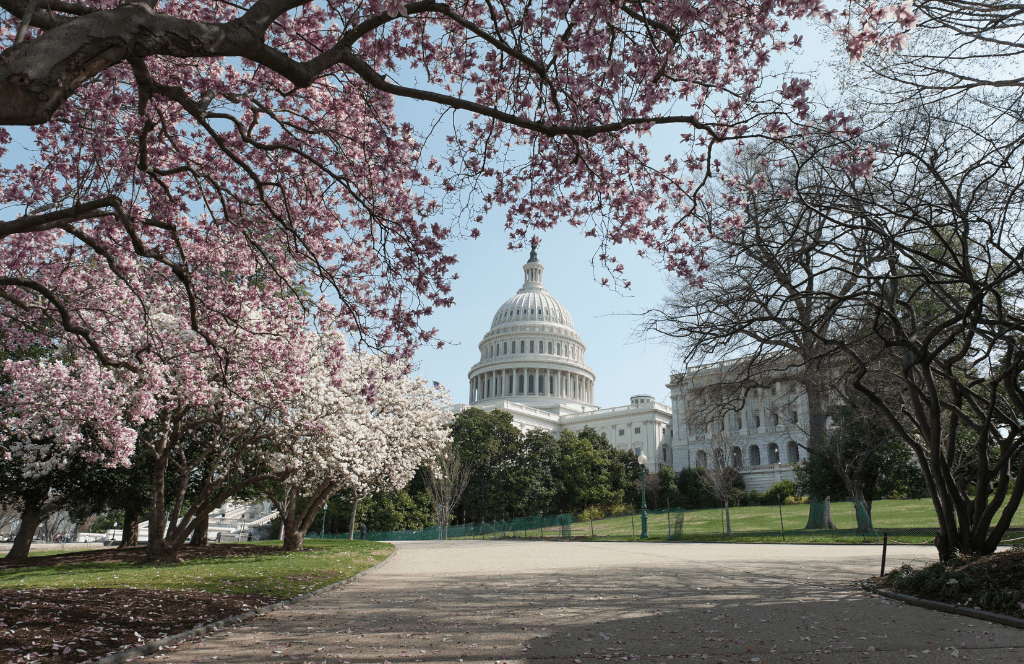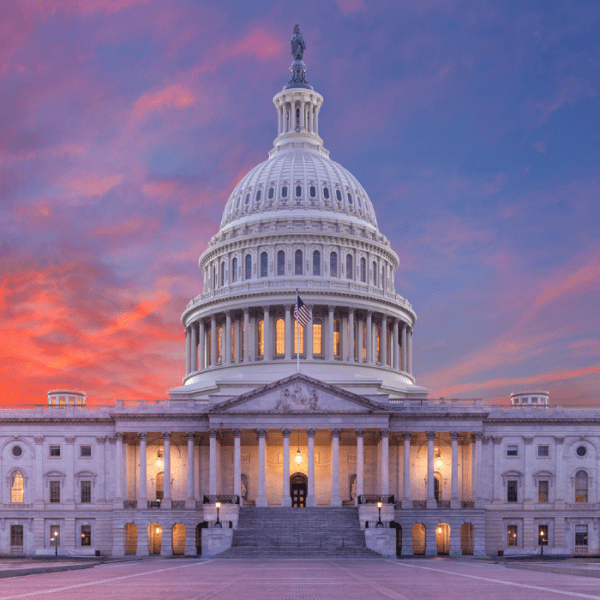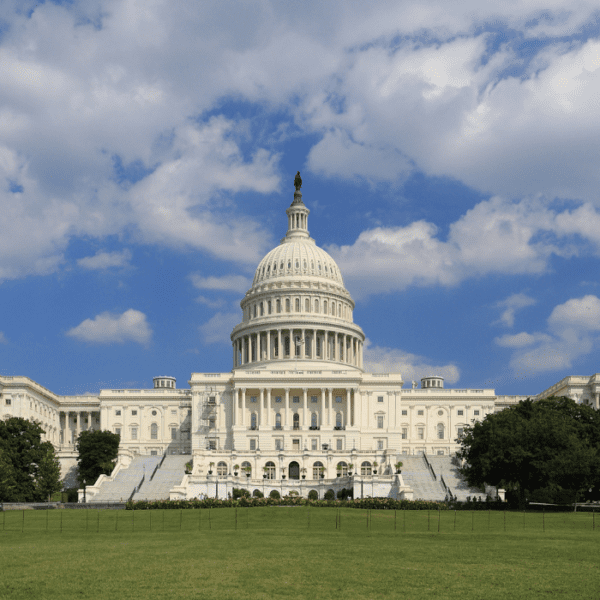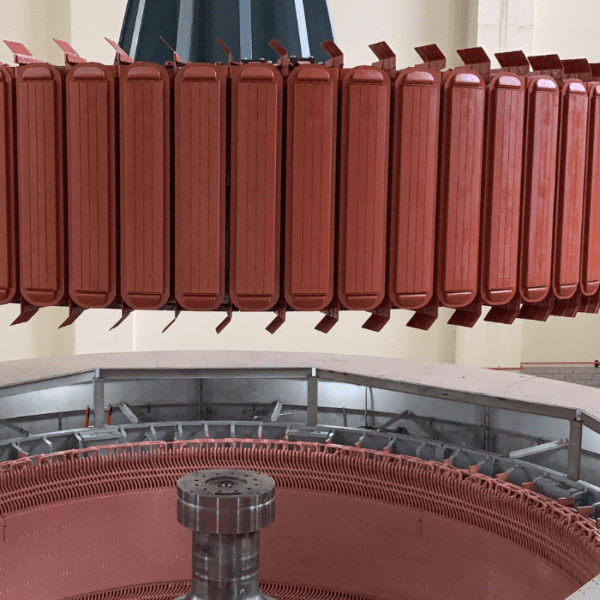In Washington, D.C., the infrastructure debate has reached a fever pitch, with Congress and the White House volleying proposals back and forth in effort to find common ground on a framework.
Missing from the debate, up until now, has been dams, which are key to the United States’ energy infrastructure and clean energy goals.
However, that is starting to change.
Over the past several months, the hydro industry and a number of non-governmental organizations (NGOs), companies, trade associations, and academic institutions have come together as a Coalition to provide a suite of infrastructure recommendations to accelerate the rehabilitation, retrofit, or removal (the “3Rs”) of the more than 90,000 dams in the United States.
Now, recognizing the need to invest in hydropower infrastructure, increase dam safety, and advance the environmental and economic benefits of healthy rivers, Congress is starting to takes steps to make dams and infrastructure a priority.
Path Forward – A Hydro Tax Credit
Last week, Senator Maria Cantwell and Senator Lisa Murkowski introduced the, Maintaining and Enhancing Hydroelectricity and River Restoration Act of 2021, creating a hydro tax credit with direct pay options for investments in hydropower.
Coordinating with the coalition, the Senators drafted this new legislation that leverages the federal tax code to incentivize investments in existing qualified hydropower facilities by establishing a 30% tax credit for dam safety-related rehabilation, environmental improvements, grid resiliency, and dam removals, with a direct pay alternative. The direct pay alternative makes the credit refundable by treating the full amount as an estimated tax payment. This allows entities with little or no tax liability, such as public power project owners, to utilize the credit.
The 30% investment tax credit (ITC), or “direct pay” alternative encourages earlier upgrades and installation of state-of-the-art environmental systems and other innovative technologies, like aerating turbines, that otherwise may not be economically justified. This is a historic opportunity, positioning investments in hydropower on an equitable platform with other renewables like solar and wind.
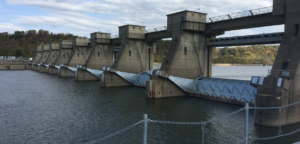
One Piece of a Larger Puzzle
The introduction of the tax credit bill is just one component of the negotiated proposal between conservation groups, dam safety organizations, and the hydropower industry for investment in the rehabilitation, retrofit, and removal of dams. It is anticipated that two additional parallel bills will be introduced in the coming weeks that will include the entire suite of infrastructure recommendations.
These bills are expected to include provisions that would increase federal financial assistance to improve dam safety, create a source of funding for removal of dams determined by their owners to have reached the end of their useful life, and incentivize investments to reduce environmental impacts and improve the efficiency of federal hydropower facilities. The National Hydropower Association is urging Congress to pass a final bill that includes all elements of the Coalition’s proposal.
Why This Matters
With the new legislation, existing hydropower projects can realize the full economic value of their clean air, climate, and grid reliability benefits. If passed, hydro generators would qualify for significant funding for environmental and dam safety measures such as fish passage facilities, water quality projects, enhancements to concrete or earthen embankment structures, spillway improvements, and many others.
And with 30% of the nation’s hydropower fleet up for relicensing in the next decade, these incentives are vital to preserve 13 GWs of existing renewable generation capacity.
Hydropower and dams are a critical part of the nation’s infrastructure. The National Hydropower Association, the voice of the waterpower industry, is pleased to see Congress taking notice.



